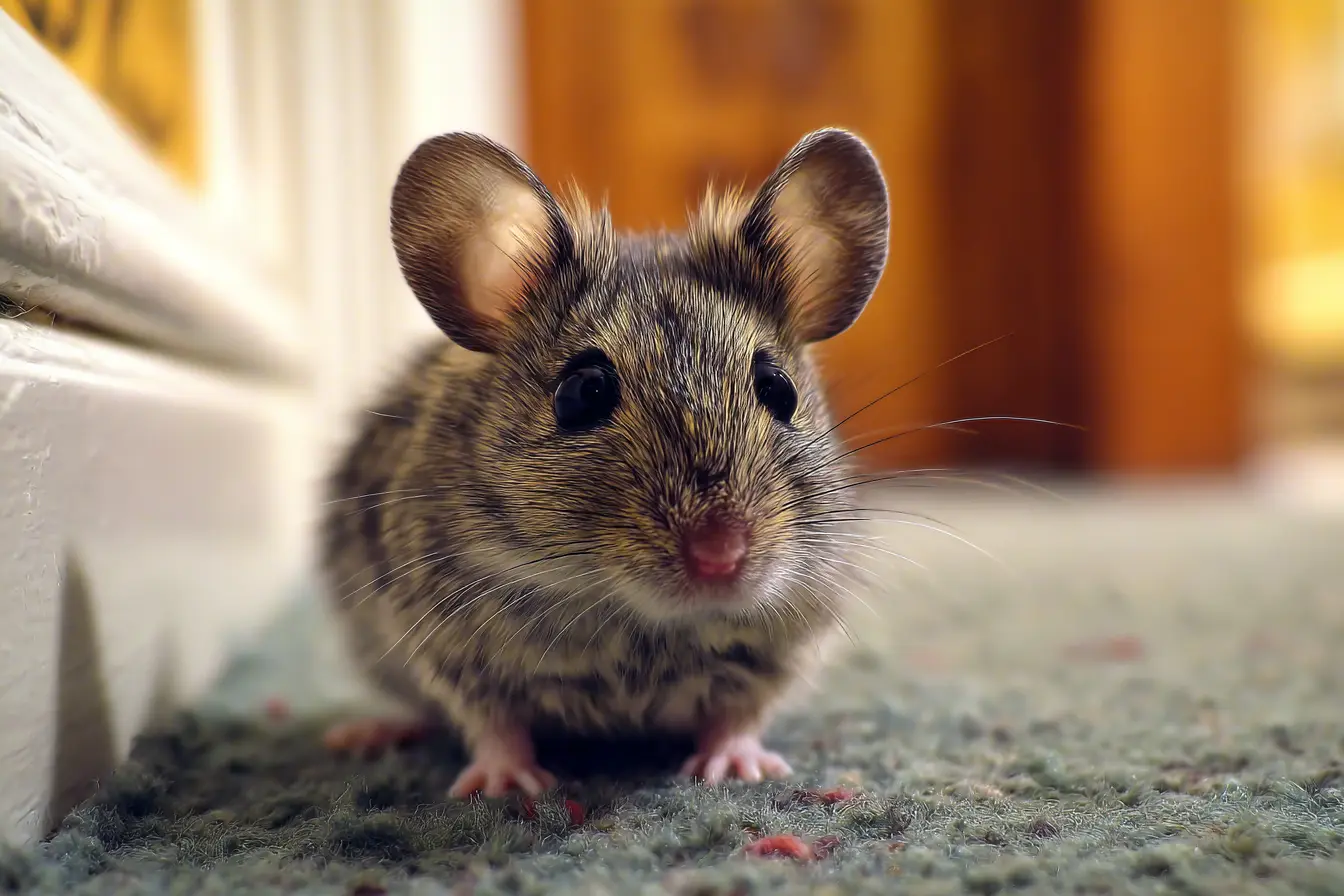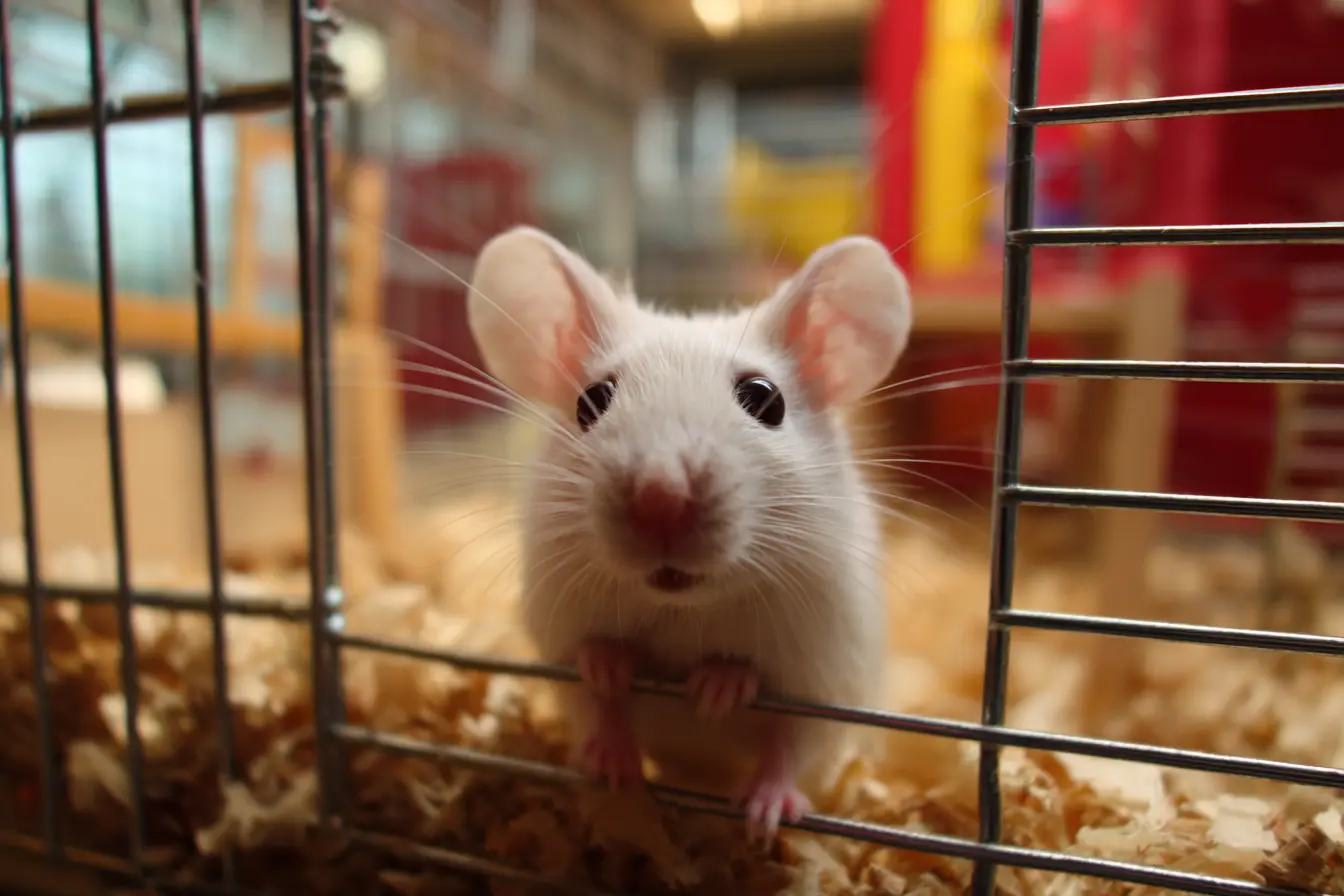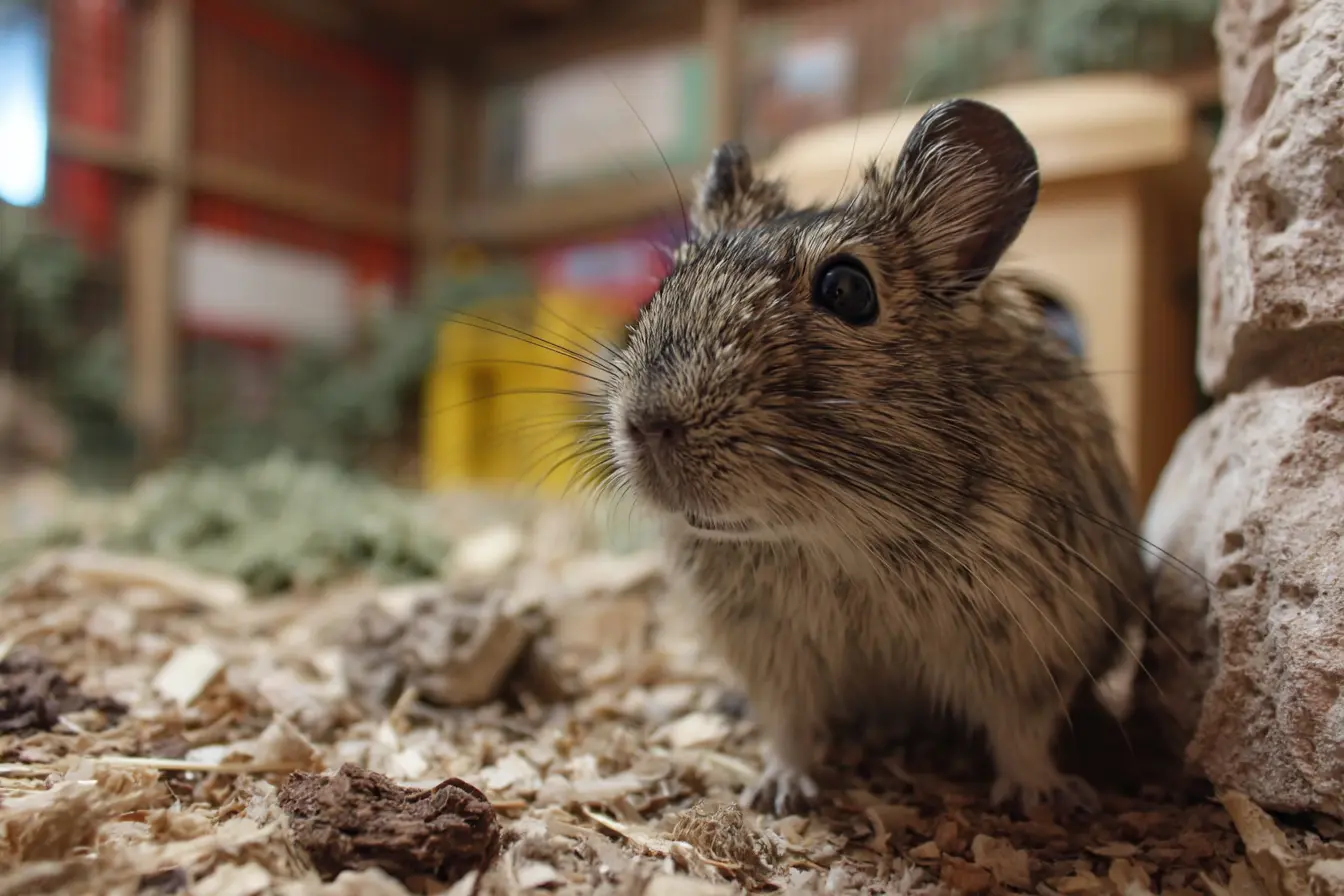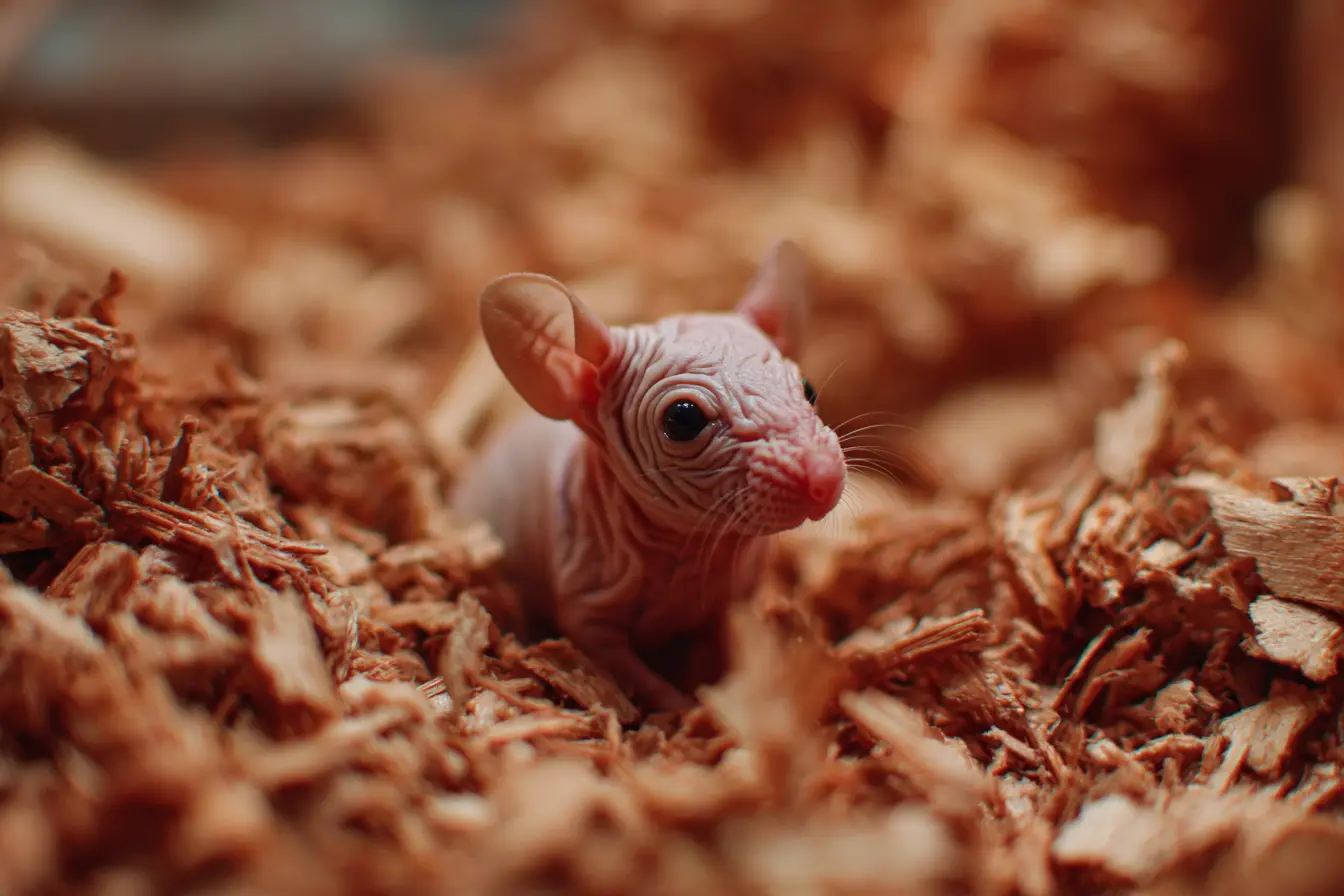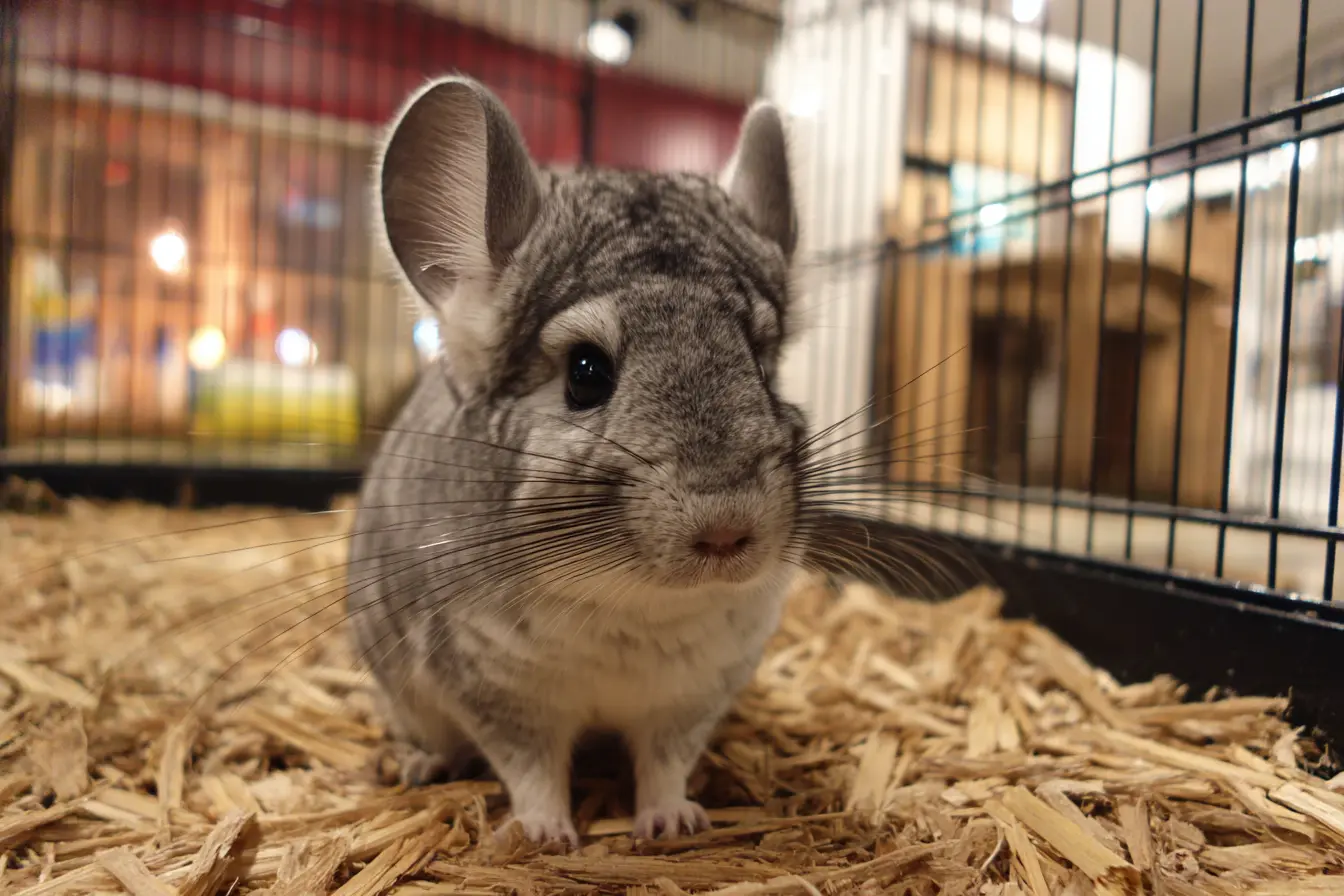
Choosing the Right Cage for a Pet Chinchilla
Chinchillas are intelligent, agile, and curious animals that require a very specific environment to stay healthy and happy. Their cage is not just a place to rest — it is their entire world. Choosing the right cage for your chinchilla is crucial, as it must support their need to climb, jump, chew, and explore while also ensuring their safety and comfort. This guide explains everything you need to consider when selecting the ideal enclosure.
Understanding a Chinchilla’s Behaviour
Chinchillas are crepuscular rodents, meaning they are most active at dawn and dusk. They are extremely agile, capable of jumping great heights and climbing with ease. In the wild, they live in rocky, mountainous regions and use crevices for shelter. Captive environments must provide vertical space, exercise opportunities, and suitable materials that match these natural behaviours.
Size and Vertical Space
Chinchillas need tall cages rather than wide ones, as they love to jump and climb. A suitable cage should offer multiple levels and a minimum height of 100 cm. The base should measure at least 90 x 60 cm, though bigger is always better.
Multi-level cages with solid, well-spaced platforms allow chinchillas to move naturally. Ensure platforms are not too far apart vertically to reduce the risk of injury from falls.
Cage Materials and Construction
The entire cage must be made from chew-proof materials. Chinchillas will gnaw on anything they can reach, so avoid plastic cages or cages with plastic trays, shelves, or edges. Metal cages with powder-coated bars and solid metal or untreated wood platforms are best.
Cages should be sturdy and secure. Avoid any loose parts, flimsily constructed levels, or weak joints that could collapse under a jumping chinchilla.
Bar Spacing and Safety
Chinchillas can squeeze through surprisingly small gaps. Bar spacing should be no more than 1.5 cm to prevent escapes or entrapment. Check for sharp edges, protruding wires, or small gaps where limbs or tails could get caught.
Doors must close securely and ideally have locks or clasps to prevent clever chinchillas from figuring out how to open them.
Flooring and Substrate
Avoid wire mesh floors, which can cause serious injury to a chinchilla’s feet, leading to conditions such as bumblefoot. All walking surfaces should be solid and non-slip. If you use trays or liners, ensure they are metal or untreated wood, not plastic.
Use a safe, absorbent substrate on the base of the cage to manage odours and make cleaning easier. Suitable options include kiln-dried aspen shavings, paper-based bedding, or hemp.
Never use pine or cedar shavings, which contain aromatic oils that can damage a chinchilla’s respiratory system.
Temperature and Ventilation
Chinchillas are sensitive to heat and can suffer from heatstroke if their environment gets too warm. Keep the cage in a cool room, ideally between 15–20°C, and avoid placing it near radiators, direct sunlight, or heating vents.
Good ventilation is vital, which is why wire cages are recommended. However, avoid draughty locations, sudden temperature changes, or humid environments like kitchens and bathrooms.
Exercise and Enrichment
Chinchillas are highly active and need plenty of stimulation. The cage should be filled with items that allow natural behaviours such as:
- Shelves and ramps: For climbing and jumping
- Hides and tunnels: For resting and feeling safe
- Chew toys: Made of untreated wood, pumice, or safe rope to help wear down teeth
- Exercise wheel: Solid running surface with a minimum of 38 cm diameter
- Sand bath: Chinchillas bathe in fine dust to maintain their coat. Provide a dust bath several times a week in a separate dish.
Change and rotate toys and layout often to keep your chinchilla mentally stimulated and engaged.
Accessibility and Cleaning
Select a cage that is easy to clean and maintain. Large front or top-opening doors are helpful for reaching all areas of the enclosure. Look for cages with pull-out trays or removable sections to make weekly deep cleans more manageable.
Spot-clean daily, especially around toileting areas and food spots. Always use pet-safe disinfectants and allow everything to dry fully before returning your chinchilla to the cage.
Social Considerations
Chinchillas are social animals and often do best in pairs or small same-sex groups, provided they are properly bonded. If you are keeping more than one chinchilla, your cage must be large enough to allow each animal space to move and rest comfortably.
Separate feeding stations, hides, and dust bath access points are recommended for shared enclosures.
Cage Location in the Home
Place the cage in a calm, cool room where the chinchilla can observe household activity without being overwhelmed. Avoid areas with loud noise, fluctuating light, or strong smells. Ensure the environment remains stable throughout the day and night to support a healthy routine.
Summary
Choosing the right cage for a chinchilla is not simply a matter of aesthetics or budget — it is a decision that affects every aspect of their wellbeing. The enclosure must provide generous vertical space to support climbing and jumping, and it should be built from solid, chew-proof materials to withstand natural gnawing behaviour. Flooring needs to be safe and stable, avoiding mesh that can lead to injury, and all surfaces should be easy to clean.
Good ventilation is essential to keep your chinchilla healthy, but the cage must also offer protection from extreme temperatures and draughts. Enrichment is a vital part of their environment, so shelves, toys, chew items, and access to a sand bath should all be included and rotated regularly to keep them mentally engaged.
A well-chosen cage will offer your chinchilla a balance of comfort, stimulation, and safety. With careful planning and a thoughtful setup, you can create a habitat that supports your chinchilla’s natural instincts and helps them lead a happy, healthy life.
Contents
Tags
Vets near you
Speciality vets
- Aquatics vet specialists
- Birds vet specialists
- Camelids vet specialists
- Cats vet specialists
- Cattle vet specialists
- Deer vet specialists
- Dogs vet specialists
- Equines vet specialists
- Exotic vet specialists
- Goats vet specialists
- Pigs vet specialists
- Poultry vet specialists
- Sheep vet specialists
- Small Mammals vet specialists
- Wild vet specialists
